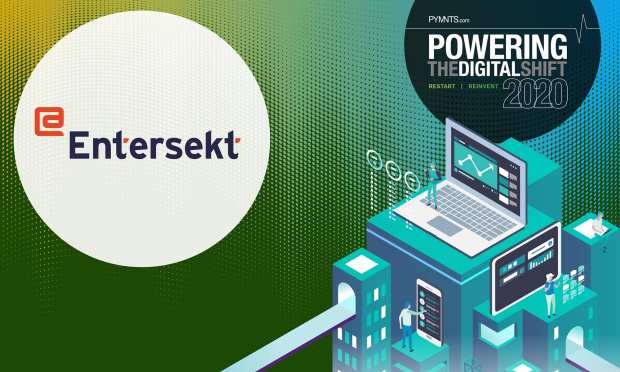The Pandemic Is Driving Crooks Online, Too

“How can banks, retailers and financial institutions strike the right balance between offering advanced services to customers while flattening the overwhelming spike in fraud?”
People aren’t always who they pretend to be, and that goes triple for cybercriminals. As digital disseminates, “Banks and retailers would do well to build a digital ecosystem with strong device and customer identity signals, removing dependency on SMS codes and calls and, instead, establishing signals based on a customer’s preferred method of interaction that is complemented by a token assigned to the customer’s device of choice,” said Sherif Samy, chief growth officer at Entersekt. “In this way, businesses can build a 360-degree view of every customer and can validate their identity each time they use their preferred entry point to make a transaction, while enhancing consumers’ trust in the brand.”
The following is an excerpt from How 35 Execs Are Powering The Great Digital Shift Of 2020 (And Beyond), contributed by Sherif Samy, chief growth officer at Entersekt.
The coronavirus pandemic accelerated the adoption of digital technologies faster than anyone could have anticipated at the beginning of 2020. We’ve watched businesses across every industry go through nearly a decade’s worth of digital transformation in just three months because they’ve had no choice. In this post-COVID-19 world, the majority of consumers have had to shift to eCommerce even for basic essentials, and banks, financial institutions (FIs) and retailers have had to meet people where they are — at home. This, coupled with the shift to cashless, has led banks to rethink how they can offer their physical services in an online world without jeopardizing their business. In turn, an opportunity has opened up for banks to rethink their business model and offer more advanced digital services.
A lot of today’s banks already have fundamental services available online or via mobile – e.g., viewing an account balance, ordering a credit card online and depositing checks. However, banks are beginning to look into technologies that can power more advanced services to cater to the consumer’s overall financial well-being, as we can no longer rely on physical-only services. Although consumers have been willing to try new digital tools as they avoid stepping into physical environments, significant numbers have been reluctant to try digital channels unless they are truly forced. Many consumers still prefer to have a physical component to their shopping or banking experience — in retail, consumers still want to see and feel products before buying them online, and in banking, there are those who still prefer to withdraw physical cash from an ATM or speak with a financial advisor in person for advice or complex transactions like applying for a mortgage. Therefore, we will see banks and retailers — including “mom-and-pop” shops that may not be equipped with a strong, user-friendly eCommerce platform — invest in the latest technology to build their digital presence alongside their physical offering.
But this also brings a degree of risk. We’re now seeing a 20 percent increase in fraudulent activity as a result of the massive shift to digital brought on by the coronavirus (e.g. COVID fraud), where fraudsters send phishing emails to consumers to lure them into giving up their digital credentials by posing as their bank (or retailer, or credit card provider) of choice. These fraudsters are also carrying out “smishing” and “vishing” attacks via SMS message and “robo” calls, a method that was gaining traction among fraudsters before the pandemic began. In April alone, the Federal Trade Commission reported that 18,000 Americans fell victim to these coronavirus-related scams, with losses totaling $13.4 million. As technology empowers businesses to reach their customers in new ways, it also opens up additional channels for fraudsters to take advantage of vulnerable consumers. This begs the question: How can banks, retailers and financial institutions strike the right balance between offering advanced services to customers while flattening the overwhelming spike in fraud? If a bank is helping a customer open an account or transfer funds, how do they know the person they’re helping is the legitimate consumer?
As the world quickly transitions to digital, banks and retailers would do well to build a digital ecosystem with strong device and customer identity signals, removing dependency on SMS codes and calls and, instead, establishing signals based on a customer’s preferred method of interaction that is complemented by a token assigned to the customer’s device of choice (e.g. laptop, desktop or mobile phone). In this way, businesses can build a 360-degree view of every customer and can validate their identity each time they use their preferred entry point to make a transaction, while enhancing consumers’ trust in the brand.
